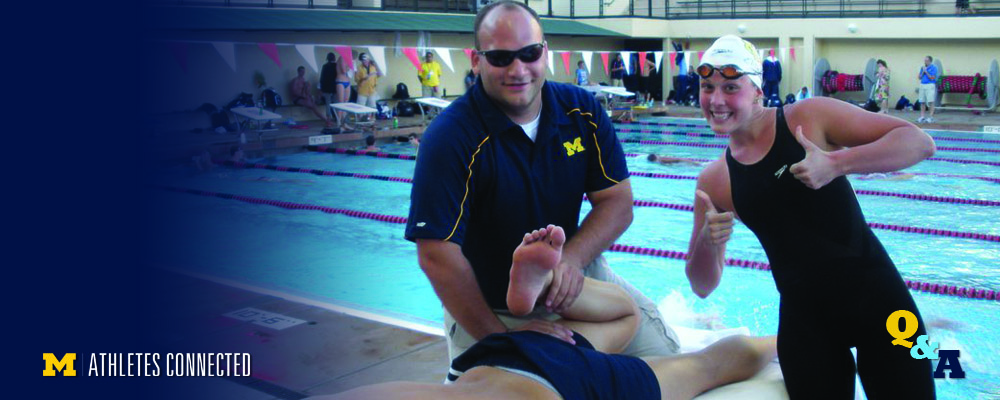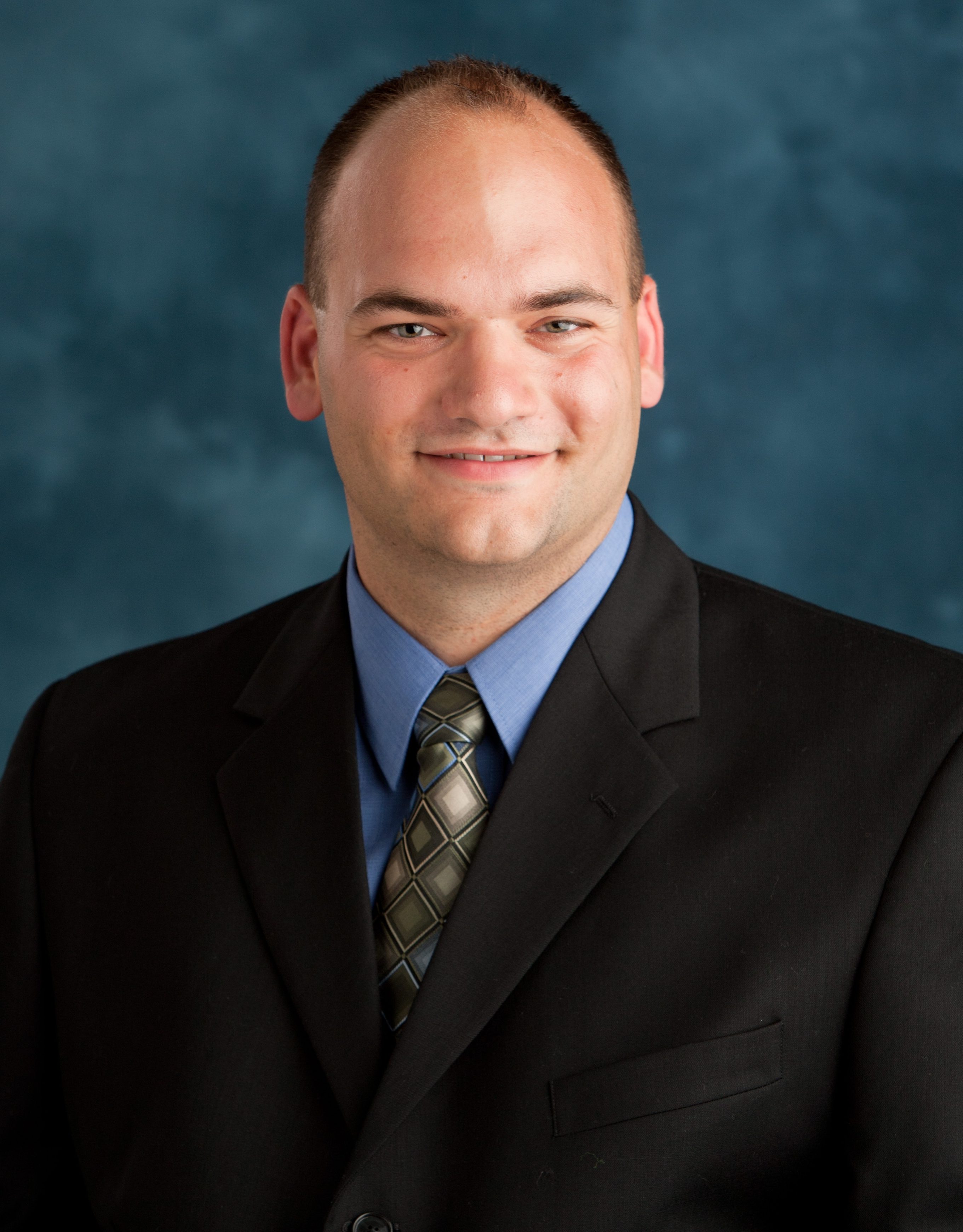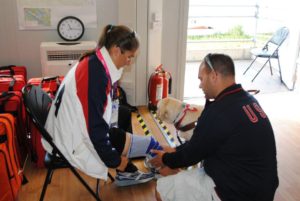Below is an excerpt of Kendra Fisher’s story in The Players’ Tribune about her battles with anxiety, OCD and depression.
By Kendra Fisher, retired Canadian National Team hockey player 
***
In 1999, right before my 20th birthday, I received an invite to a Team Canada camp in Calgary. This one was special. The players they picked at the end of those two weeks would travel to play in the Four Nations Cup.
I was on the brink of realizing my dreams, and yet I was terrified. Things had gotten so much worse.
I need help.
Just weeks before the camp, I called my parents.
“Mom, Dad …” I told them everything.
At the time, I had moved to a private school in Toronto for my senior year, and I was also playing in what used to be Canada’s National Women’s Hockey League (NWHL). I graduated. Found an apartment. Was living a very independent life.
But, hockey was becoming less and less of a safe space for me, and I developed this deep fear of being alone. When my teammates skated away from me to follow the play, my heart would beat louder.
Faster.
I just couldn’t see it. “Tomorrow” didn’t exist. No matter how hard I tried I couldn’t picture waking up the next day.
I was convinced that when the play made it back to me, I would be dead.
I had to have someone with me 24/7. If a friend was over and had to use the washroom, I’d follow them down the hallway because I was just too scared to be by myself and my thoughts.
Was I dying?
My stomach was in knots.
Some days it felt like I was having a heart attack. One day I took myself to the E.R. The doctors said things were fine, but they sent me to see specialists just in case.
The cardiologist told me my heart was fine.
The neurologist told me my head was fine.
The gastrointestinal specialist told me my digestive tract was fine.
Everybody was telling me I was fine.
Suck it up.
And that’s what I did as I flew off to Calgary. But I needed my parents to be at the airport in case I couldn’t convince myself to get on a plane.
When I called them, they were nothing but supportive. They wanted to do whatever they could to support my dream. Together we devised a plan.

Dad left for Calgary a day before I did, to be there to meet me when I arrived. Mom would come later after getting me safely on the plane. They stayed in their own hotel room during camp. I couldn’t risk one of my coaches or teammates seeing them because no one brings chaperones to camp. I was afraid/terrified that if anyone saw them they would know that something was wrong.
After I faked my way through the first two-hour practice, I found a stairwell and broke down. Then I washed my face and went to off-ice training. And then I found a bathroom stall and broke down again.
By that night I knew I couldn’t do it anymore. My roommate would probably see me freaking out in our dorm room. I couldn’t hide anymore.
I went into the coach’s office in the arena and told her that my grandma, who lived in Calgary, had been rushed to the hospital and I wanted to make sure my family was O.K. I lied through my teeth:
“I’ll be back in the morning,” I said.
I spent that night in my dad’s hotel room in pieces. I couldn’t breathe.
What’s wrong with me?
I didn’t sleep a wink.
The next morning, I did go back to the arena. But this time I told my coaches the truth. I told them why I had to go home.
They asked me if it would make any difference if they told me that I had already made Team Canada.
It was one of the most memorable moments of my life … but not because it’s one that I want to remember.
“No,” I said.
It didn’t help at all.
What the hell have I just done?
I just gave up on the only thing I had ever wanted.
I found out five days after I left camp that the national team coaches wanted to try to help me. They had booked me an appointment with a sports psychologist. I have to admit, I was kind of insulted.
I don’t need a shrink. I’m not crazy.
I remember my first appointment with the psychologist. It was the most awkward staring contest of my life. I didn’t know what to say. But I knew that the doctor reported to Team Canada, and I had to convince her that I was O.K.
So I told her about the car accident that had injured my back when I was in high school. We did some serious therapy after that, and after two weeks, I was cured. She gave me a pass and I was free to go.
Then I realized how sick I really was.
I couldn’t eat. My stomach was so upset it couldn’t process food. I dropped from 160 pounds to 120. The insomnia ensued and I couldn’t leave the apartment without my body revolting.
On January 3, 2000, I called my parents in Kincardine. My mother answered the phone and I could barely get out the words.
“I’m not going to be here tomorrow.”
It wasn’t even so much that I wanted to die. It was just that I actually couldn’t imagine making it through one more night. You know how you think about tomorrow and you have this playlist of the things that are going to happen? Like, I’ve got a doctor’s appointment, or I’m meeting so-and-so for coffee tomorrow.
I just couldn’t see it. “Tomorrow” didn’t exist. No matter how hard I tried I couldn’t picture waking up the next day.
My mother rushed to Toronto and somehow forced me to see my old psychologist. That day, I was diagnosed with generalized anxiety, severe panic disorder, agoraphobia (a fear of leaving safe spaces), obsessive-compulsive disorder and clinical depression.
My mother sat in my doctor’s office as I lay on the couch. She wanted to know how she could help.
“You pretty much need to forget everything you know about your daughter,” my therapist said. ”It’s like you need to go back to when she was a three-year-old who relied on her parents to get through each day.”
This can’t be me. I just made Team Canada.
Read the rest of the Kendra’s story on The Players’ Tribune.



 Q: How do you see the medical team as an integrated unit benefiting student athletes’ overall health and wellness, in particular mental health?
Q: How do you see the medical team as an integrated unit benefiting student athletes’ overall health and wellness, in particular mental health? Q: For athletic departments who may not have the resources we have here what would you recommend athletic departments do to support athletic trainers and their roles as gatekeepers? What would you recommend athletic trainers do to find resources to help student athletes?
Q: For athletic departments who may not have the resources we have here what would you recommend athletic departments do to support athletic trainers and their roles as gatekeepers? What would you recommend athletic trainers do to find resources to help student athletes?



